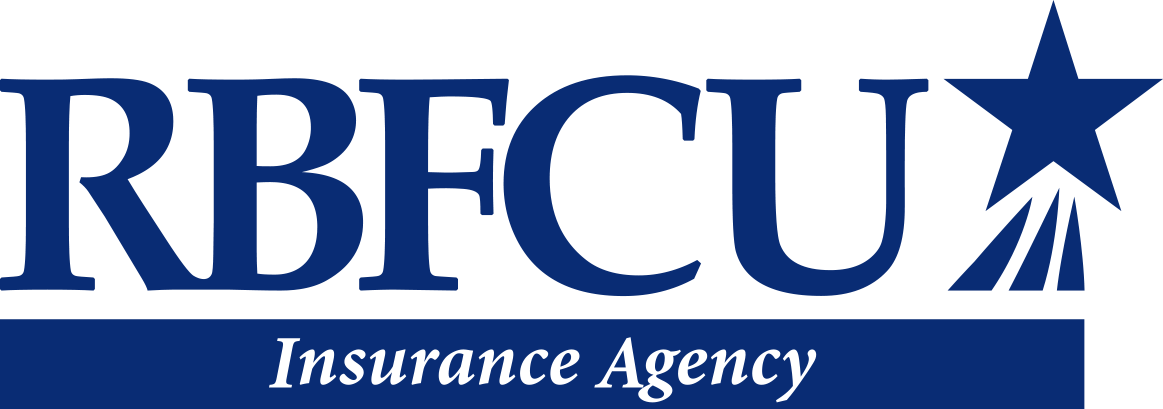Why Homeowners Insurance is Getting More Expensive
The cost of insuring a home or renewing an existing policy is giving homeowners sticker shock. Haven’t looked at your rates lately? You might be in for a surprise when you do.

A 2024 analysis of Texas Department of Insurance (TDI) data1 revealed that insurance companies requested double-digit rate increases more than 150 times in 2023. Between January and July 2024, they requested an additional 74.
TDI is responsible for approving all insurance rate increases in Texas, but many other states are reportedly facing similar hikes.
Coupled with the increasing cost of insuring a home, in some places it’s becoming harder to even get coverage. And some insurance companies are covering less.
Homeowners insurance is an important investment, since it offers financial protection against damages caused by something covered in the policy, like fire or storm damage. Let’s examine what’s behind the rate increases.
Material and labor costs
Insurance is designed to pay for replacing or repairing something that is damaged or lost. That means home insurance isn’t based on the market value of a home, but on the cost of repairing or rebuilding it.
Yet construction material costs have risen sharply due to pandemic-era supply chain issues and, more recently, inflation. Those increases mean not only does it cost more to repair a home but also to rebuild one.
Labor costs and shortages are also impacting the construction industry. Damage cleanup and rebuilding requires workers to tackle the task. The shortage of construction workers and skilled labor — as well as the rising costs of food and housing — have increased wages and labor rates, making construction more expensive overall.
Another side effect resulting from supply chain disruptions and the construction labor shortage? Delayed project start times and inefficient, protracted timelines can make it harder for people to rebuild. Plus, there's the added cost insurers may pay to provide temporary housing for displaced homeowners.
Taken together, all of these factors have driven up the cost of homeowners insurance.
Reinsurance companies
Insurance providers want and need the same financial protection that homeowners do, so they need insurance, too. And for that, they turn to reinsurance companies. Reinsurance allows insurance companies to limit their risk and the amount of capital they keep on hand.
For a period of time, right after the pandemic, reinsurance premium rates shot up, reaching peak levels in 2023.
And while some experts have expressed hope that a decline in reinsurance rates might be possible soon, the obligations insurance providers have to reinsurance companies may last longer than previous market cycles.2
Consequently, these costs may continue to be passed along to consumers, through their homeowners insurance premiums.
Natural disasters
Obviously, natural disasters can prove costly for insurance companies. These catastrophic loss events incur cleanup costs, as well as rebuilding and replacement costs. Natural disasters have happened with increased frequency over the last few years, leading to significant losses for homeowners and insurers alike.
According to the National Centers for Environmental Information,3 there have been almost 400 weather and climate disasters since 1980, each resulting in damages that reached or exceeded $1 billion dollars. That includes drought, flooding, freezes, severe storms, tropical cyclones, wildfires and winter storms.
Between January 2024 and September 2024, weather and climate events in Texas alone resulted in more than $430 billion in damages.4 To make up for their losses while also preparing to cover future disasters, insurance companies are charging more for premiums.
Yet some homeowners aren’t just being hit with higher rates, either. In areas that have experienced costly catastrophic events, insurance may be harder to get in the first place. Major insurance companies have stopped offering homeowners insurance policies in some areas because allowed rates are not high enough to cover the expense of rebuilding or replacing.
In addition to Texas, other states frequently cited as presenting challenges to purchasing property insurance include Florida, Louisiana, California, New York and Colorado.
The takeaway
The combination of increased material and labor costs, the high cost of reinsurance and natural disasters have created the proverbial perfect storm for the insurance industry. Insurance companies are charging higher rates and offering less coverage to make up for the losses incurred in recent years — and ensuring they are properly covering homeowners’ insurance needs. Again, all that translates into higher homeowners insurance rates for consumers.
What can you do as a consumer? Stay informed about forces driving rates while also ensuring that you have the proper coverage to protect your home and family.
Interested in a homeowners policy to make sure you’ve got the coverage you need? We’re happy to conduct a review of your policy, or you can request an online quote today.





.jpg?sfvrsn=b6afb2a8_4)